Five-Year Average Global Temperature Anomalies from 1880 to 2010
NASA's announcement this year - that 2010 ties 2005 as the warmest year in the 131-year instrumental record - made headlines. But, how much does the ranking of a single year matter?
Not all that much, emphasizes James Hansen, the director of NASA's Goddard Institute for Space Studies (GISS) in New York City. In the GISS analysis, for example, 2010 differed from 2005 by less than 0.01°C (0.018°F), a difference so small that the temperatures of these two years are indistinguishable, given the uncertainty of the calculation.
Meanwhile, the third warmest year - 2009 - is so close to 1998, 2002, 2003, 2006, and 2007, with the maximum difference between the years being a mere 0.03°C, that all six years are virtually tied.
Even for a near record-breaking year like 2010 the broader context is more important than a single year. "Certainly, it is interesting that 2010 was so warm despite the presence of a La Niña and a remarkably inactive sun, two factors that have a cooling influence on the planet, but far more important than any particular year's ranking are the decadal trends," Hansen said.

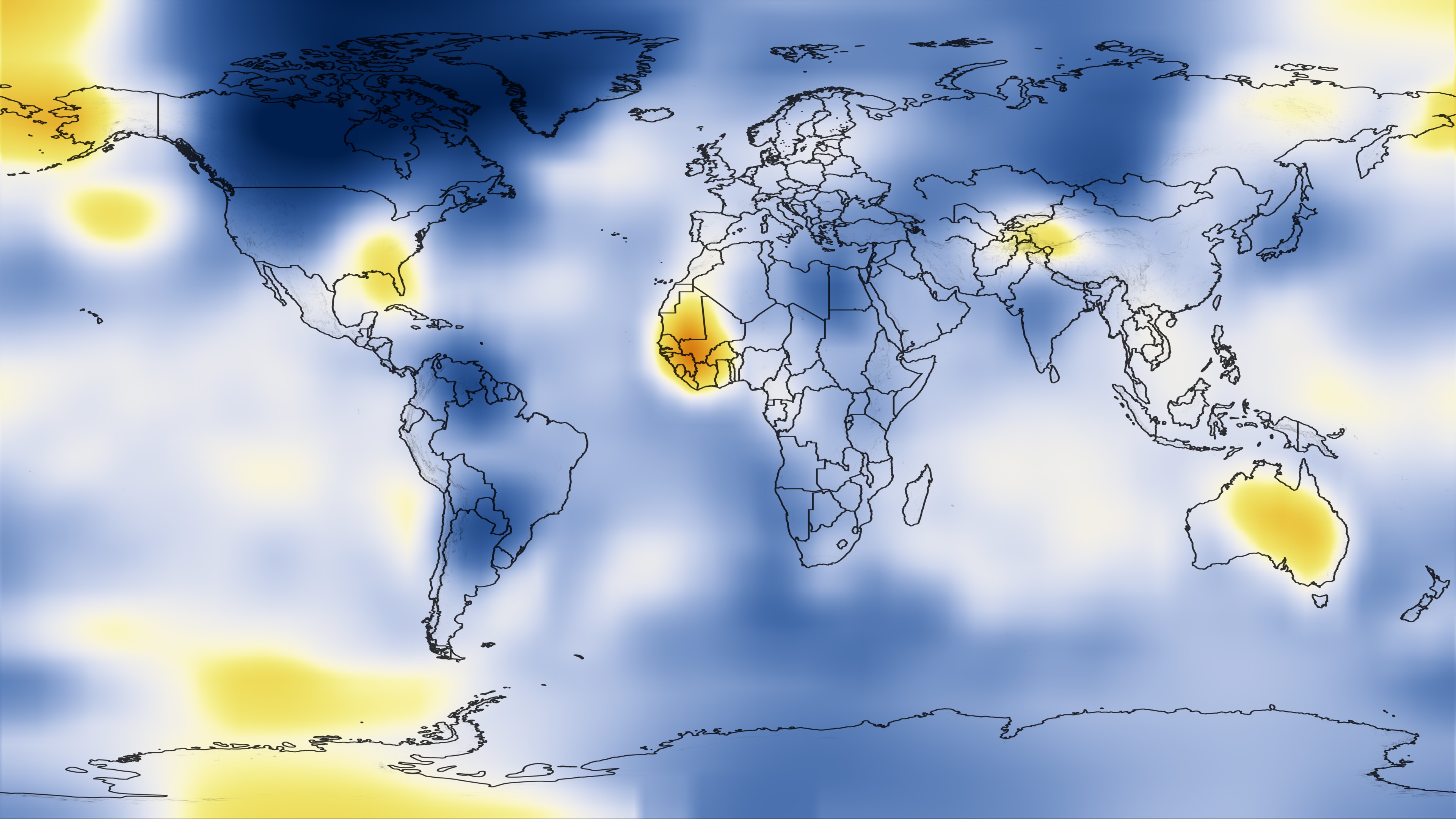
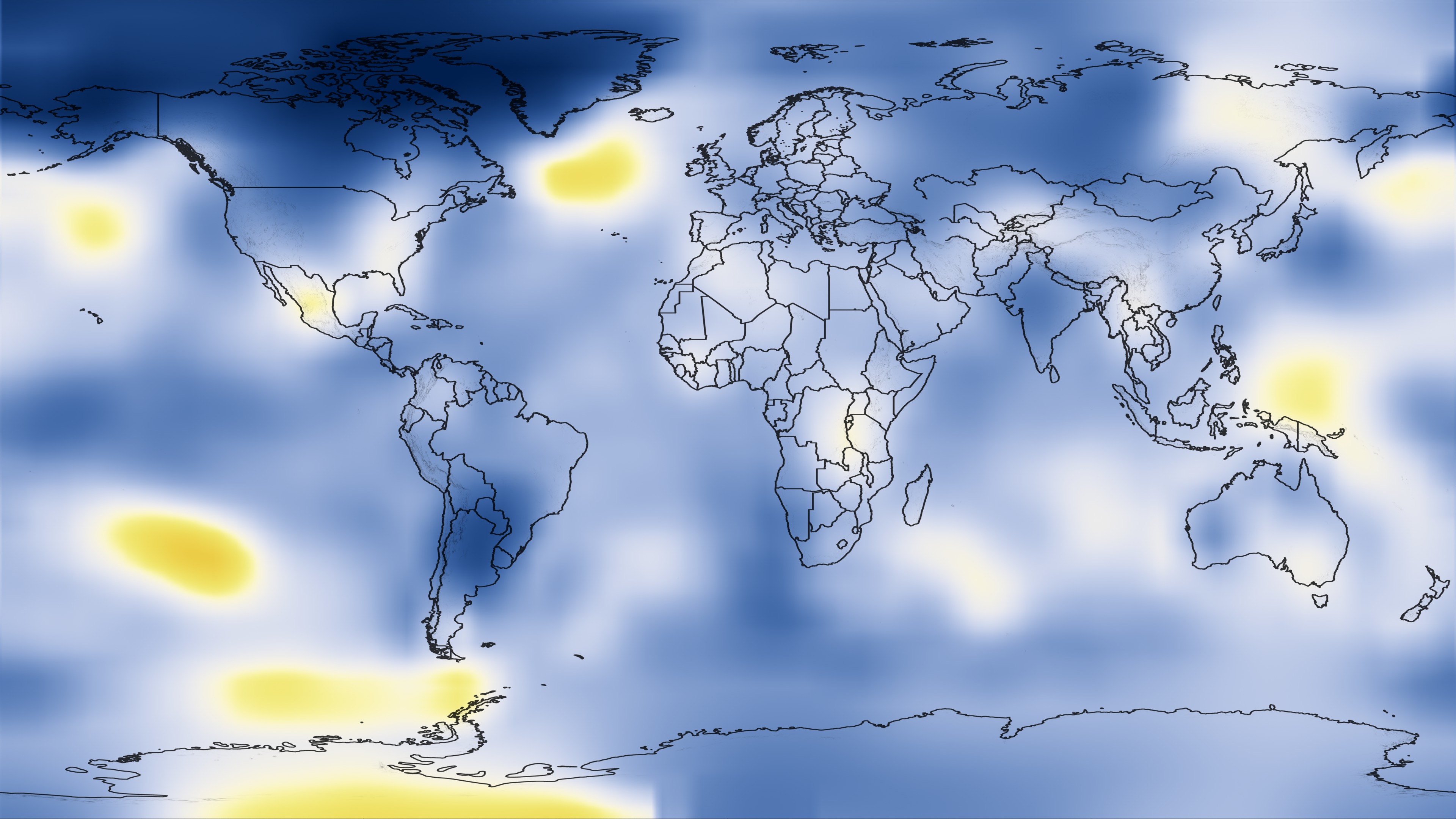
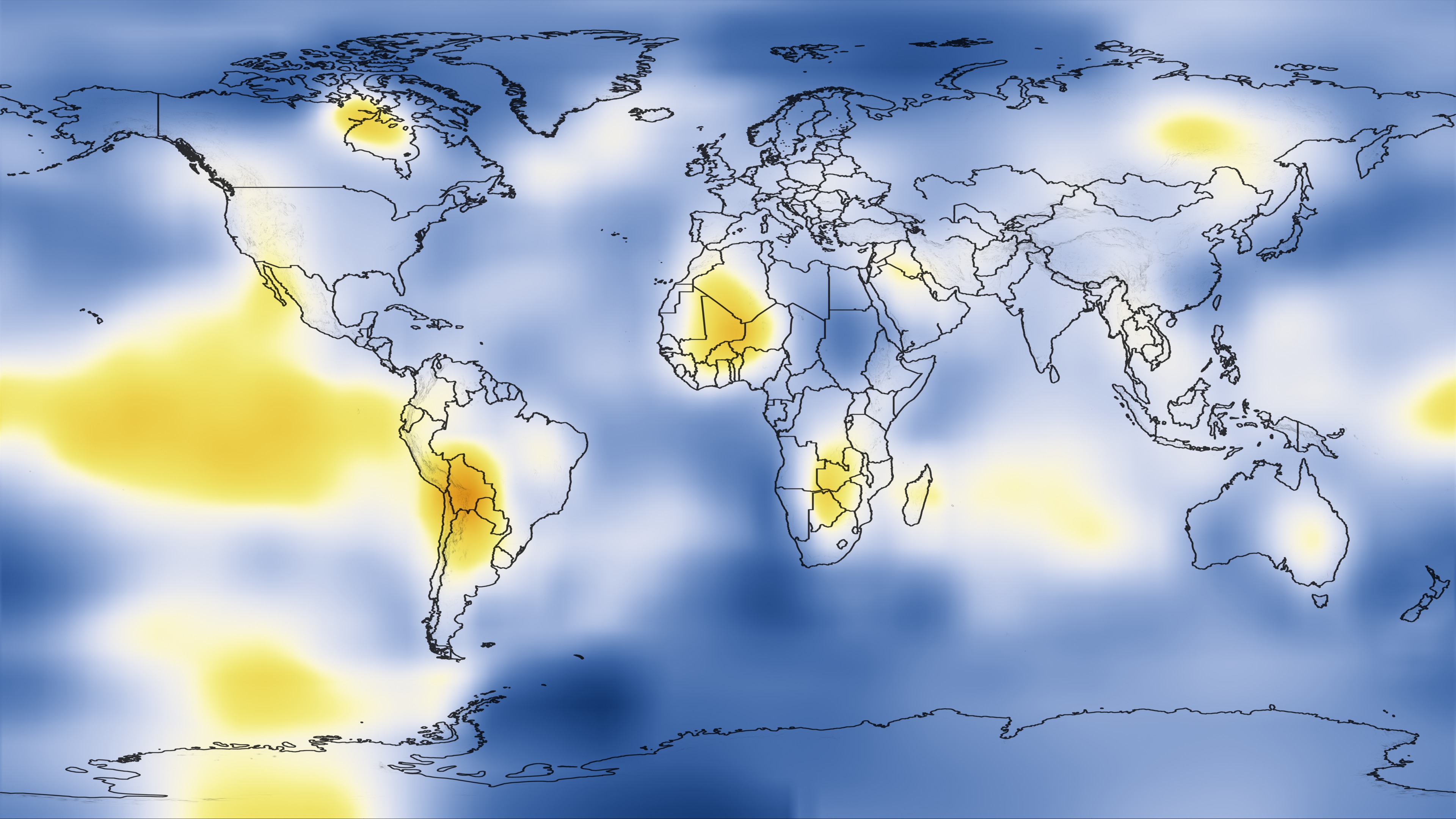
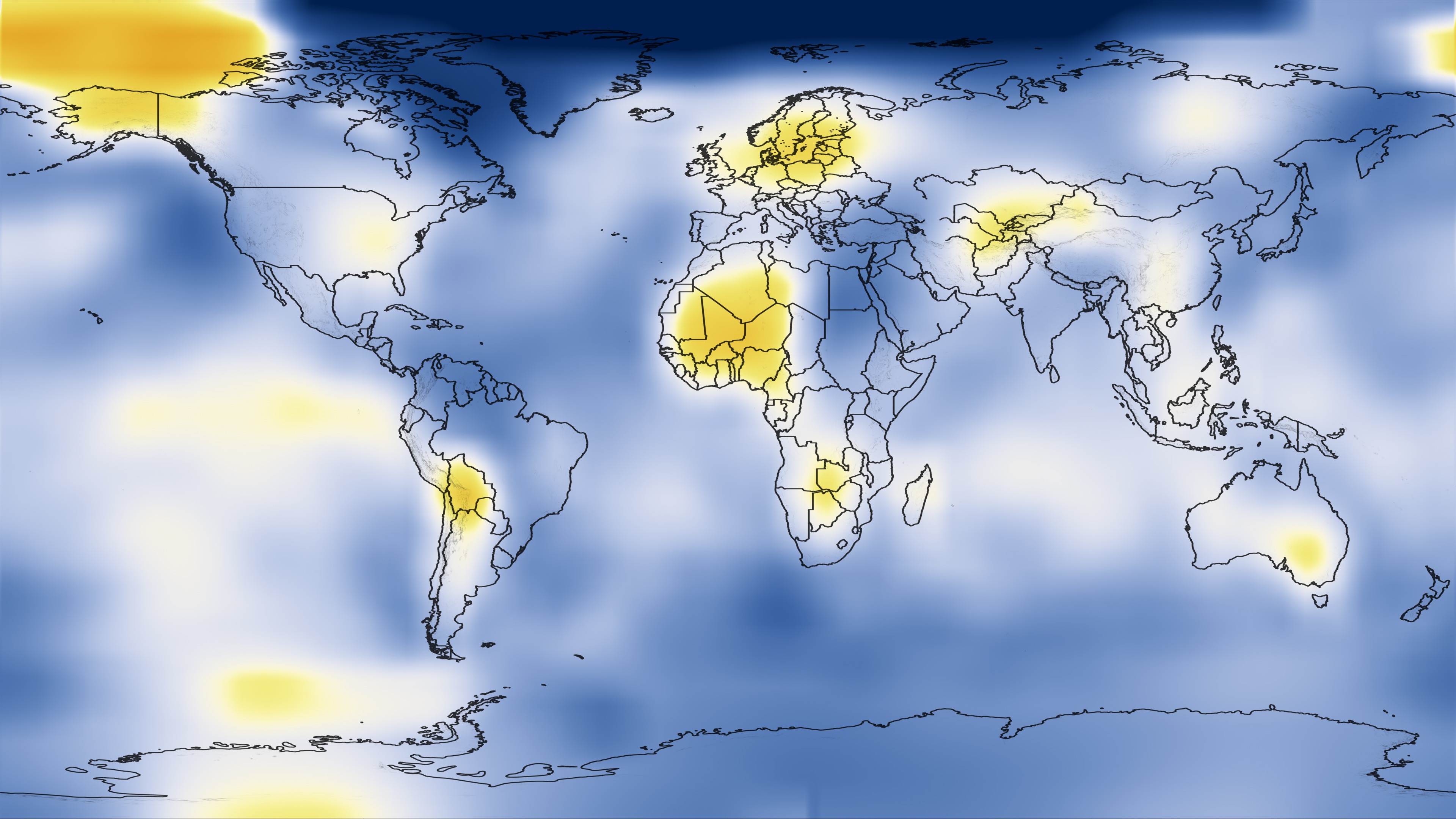
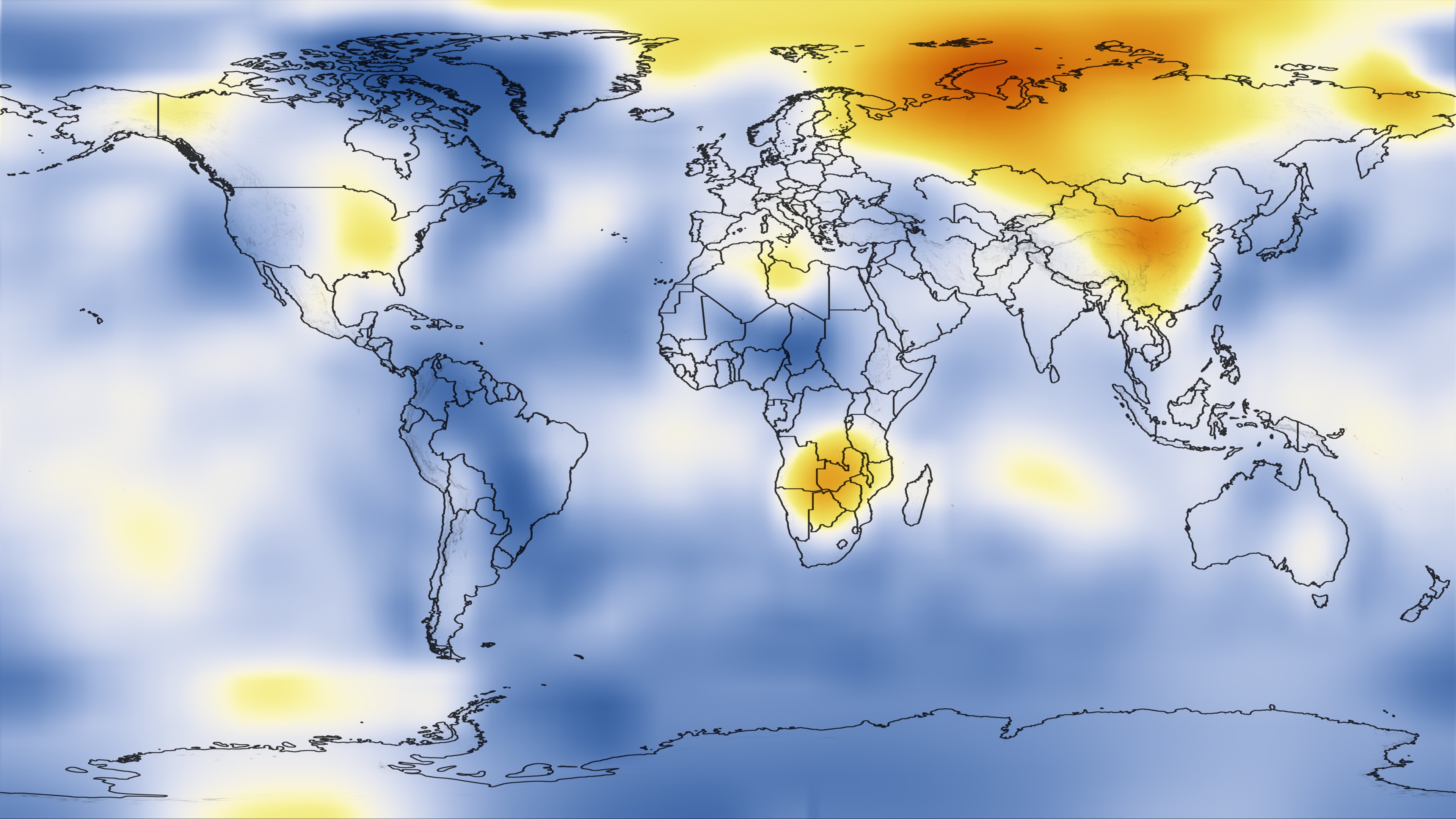
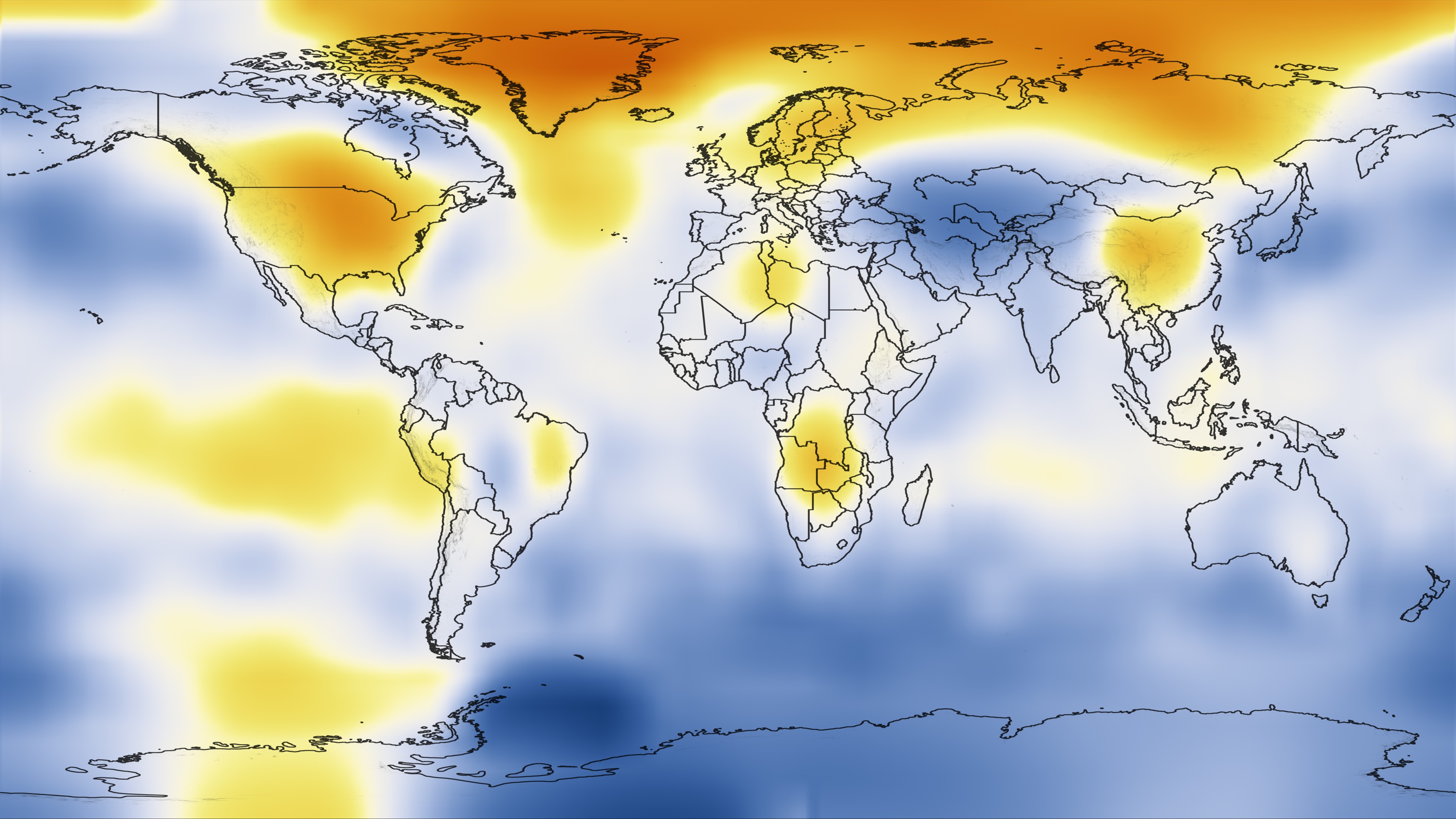
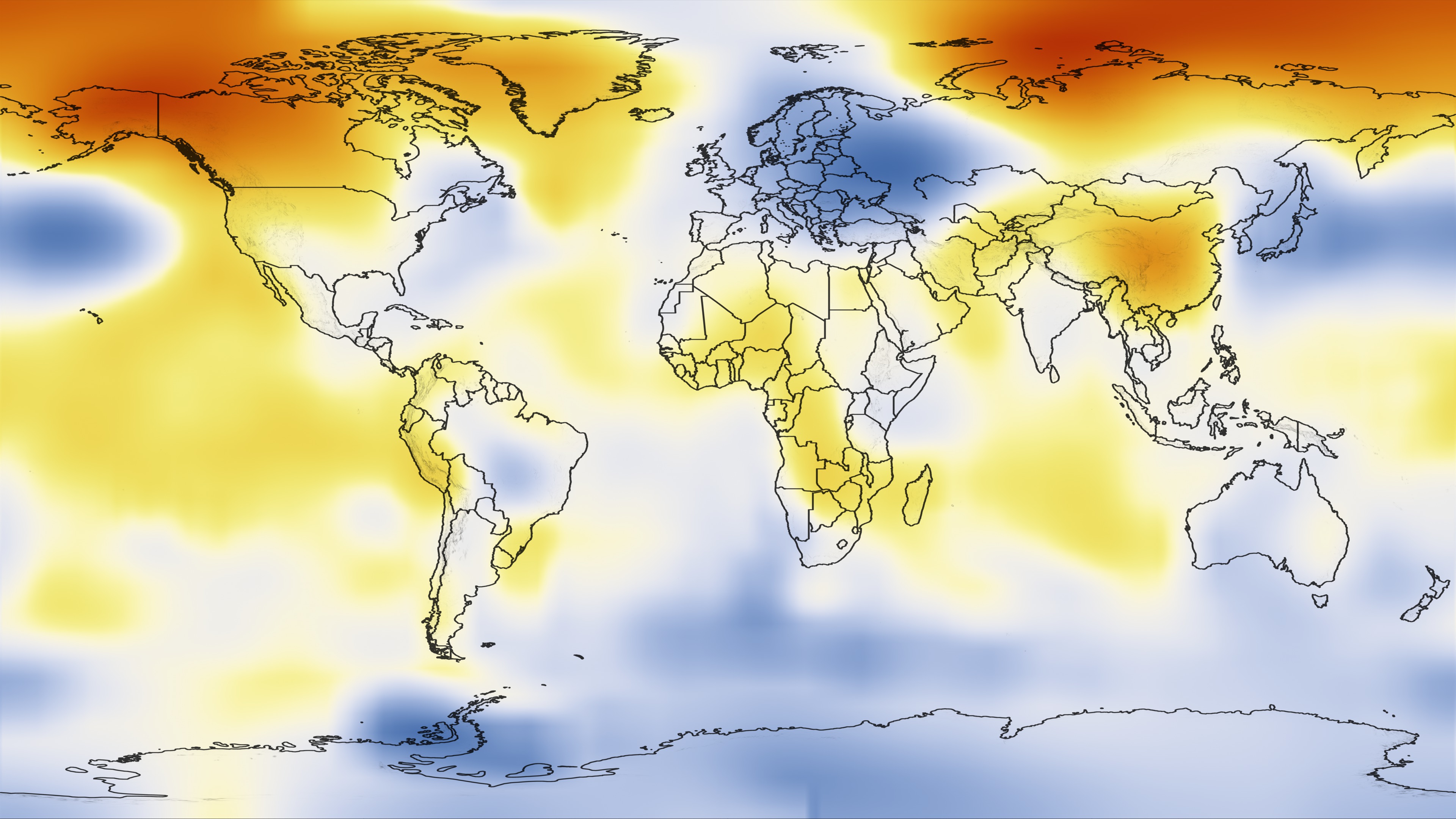
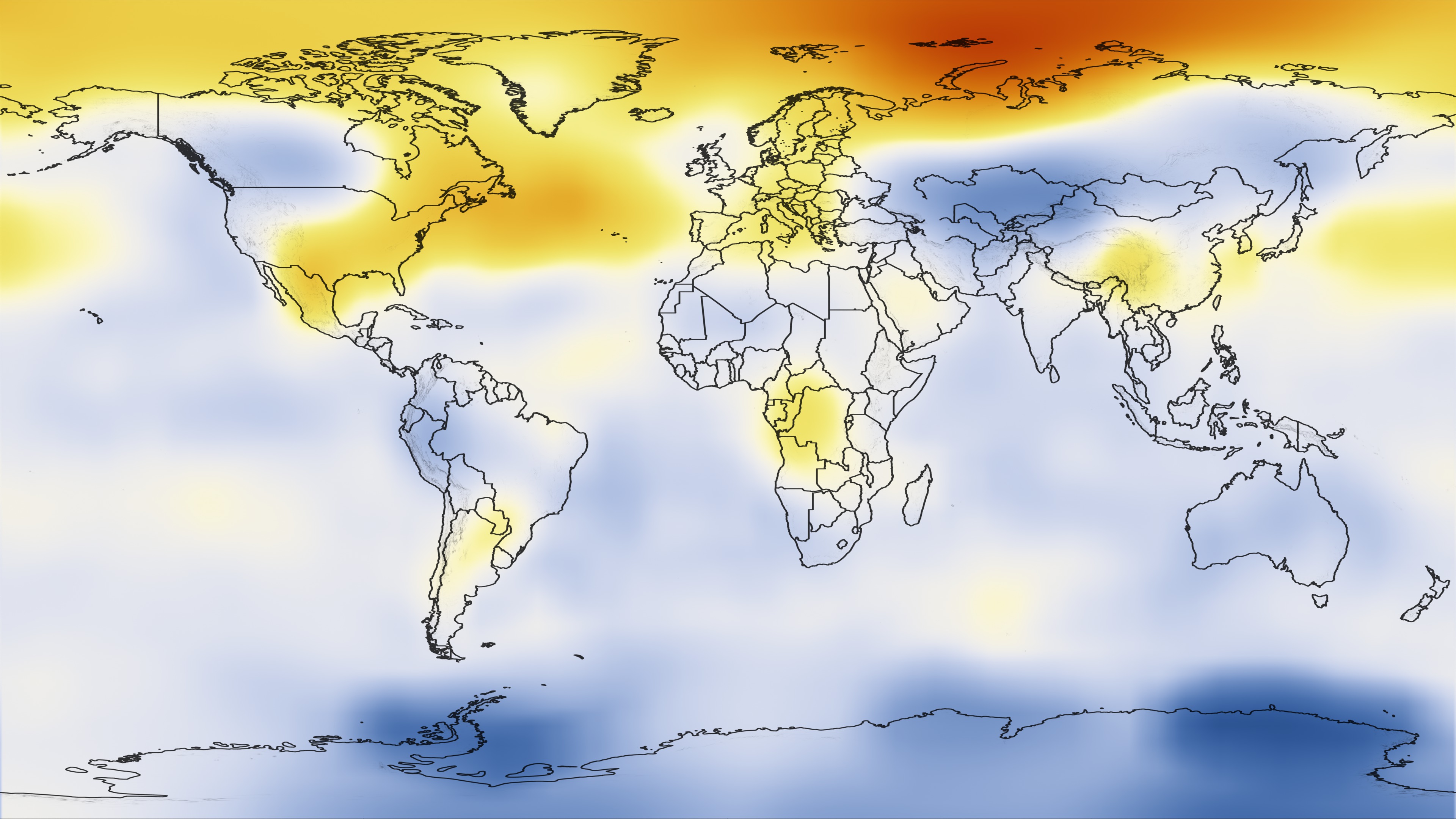



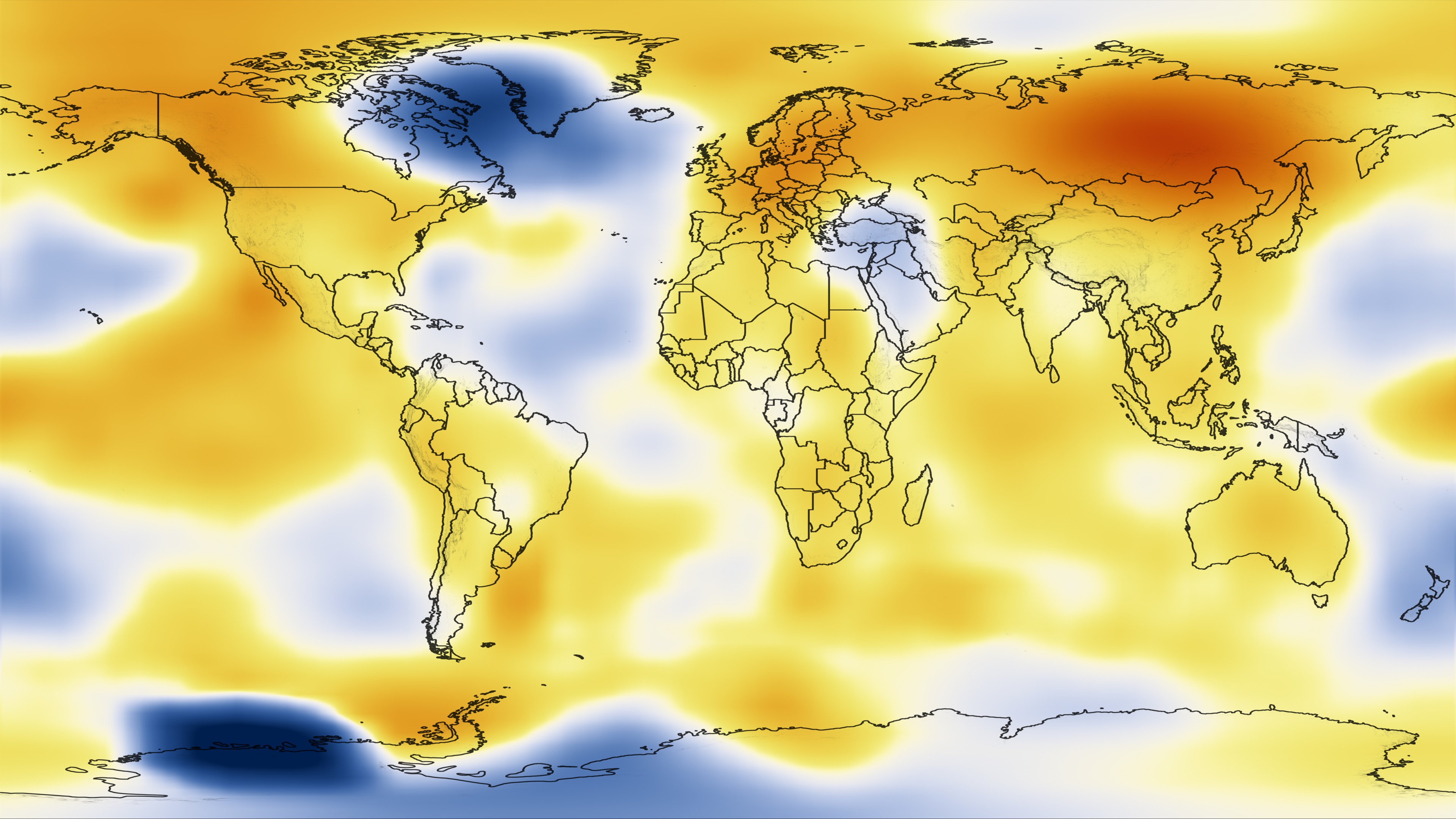
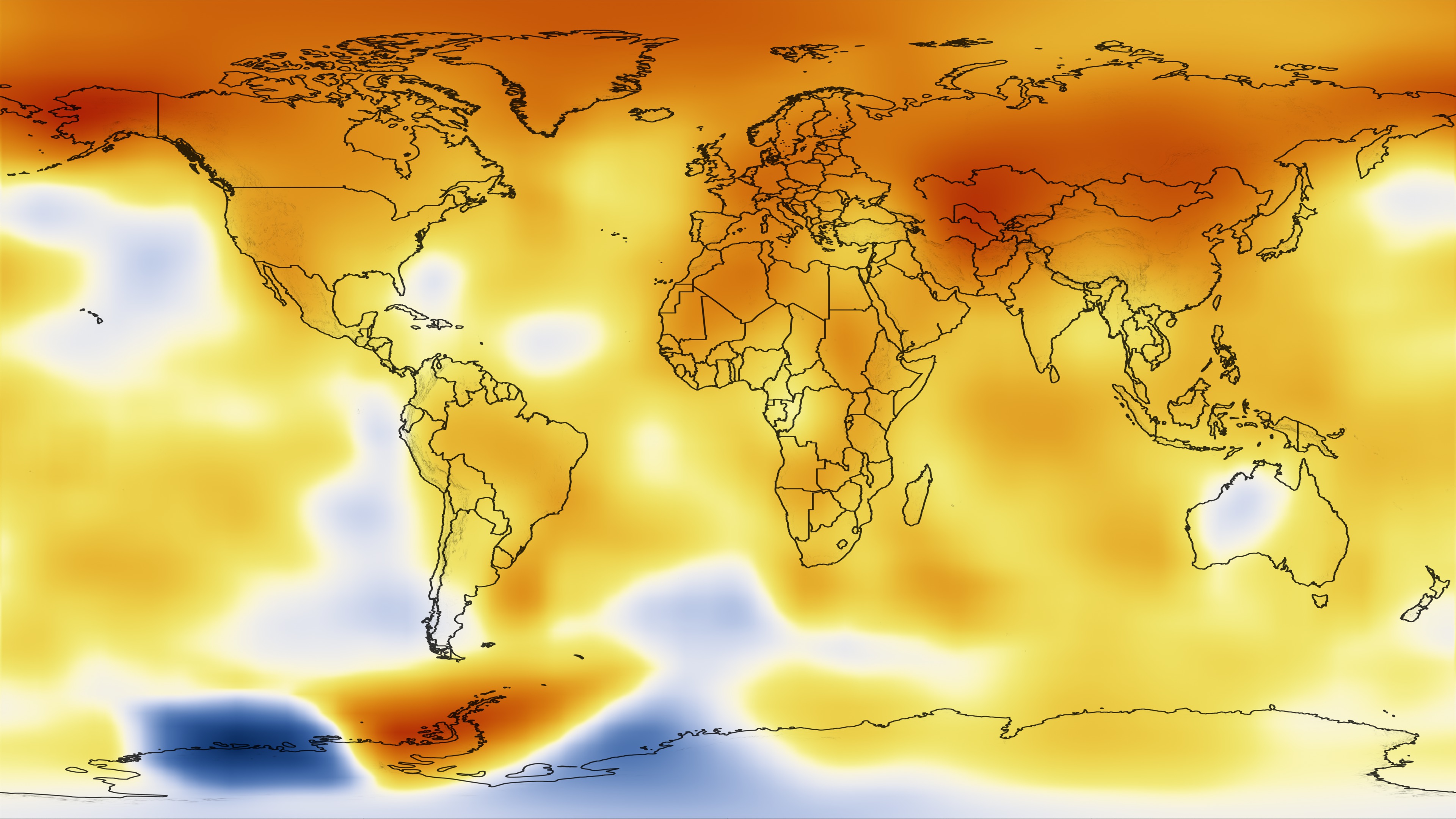
Visualization Credits
Brooke Harris (UMBC): Producer
James Hansen Ph.D. (NASA/GSFC GISS): Scientist
Reto A. Ruedy Ph.D. (SIGMA Space Partners, LLC.): Scientist
Kwok-Wai Ken Lo Ph.D. (SIGMA Space Partners, LLC.): Scientist
Makiko Sato Ph.D. (Columbia University, Center for Climate Systems Research): Scientist
Robert B Schmunk Ph.D. (SIGMA Space Partners, LLC.): Scientist
Robert B Schmunk Ph.D. (SIGMA Space Partners, LLC.): Project Support
Adam P Voiland (Wyle Information Systems): Writer
NASA/Goddard Space Flight Center Scientific Visualization Studio
Data provided by Robert B. Schmunk (NASA/GSFC GISS)
*Hansen, J., R. Ruedy, Mki. Sato, and K. Lo, 2010: Global surface temperature change. Rev. Geophys., 48, RG4004, doi:10.1029/2010RG000345.
Model documentation, including the ModelE specification and results from three standard configurations, is given in the following journal article:
* Schmidt, G.A., R. Ruedy, J.E. Hansen, I. Aleinov, N. Bell, M. Bauer, S. Bauer, B. Cairns, V. Canuto, Y. Cheng, A. Del Genio, G. Faluvegi, A.D. Friend, T.M. Hall, Y. Hu, M. Kelley, N.Y. Kiang, D. Koch, A.A. Lacis, J. Lerner, K.K. Lo, R.L. Miller, L. Nazarenko, V. Oinas, Ja. Perlwitz, Ju. Perlwitz, D. Rind, A. Romanou, G.L. Russell, Mki. Sato, D.T. Shindell, P.H. Stone, S. Sun, N. Tausnev, D. Thresher, and M.-S. Yao 2006. Present day atmospheric simulations using GISS ModelE: Comparison to in-situ, satellite and reanalysis data. J. Climate 19, 153-192.
Short URL to share this page:
https://svs.gsfc.nasa.gov/3817
Data Used:
GISS Surface Temperature Analysis (GISTEMP)/GISTEMP
Model - NASA/GISSThis item is part of this series:
Global Temperature Anomalies
Keywords:
SVS >> Climate
SVS >> Global Warming
SVS >> HDTV
DLESE >> Physical oceanography
GCMD >> Earth Science >> Biosphere >> Ecological Dynamics >> Extinction
GCMD >> Earth Science >> Climate Indicators >> Teleconnections >> El Nino Southern Oscillation
GCMD >> Earth Science >> Oceans >> Coastal Processes >> Sea Level Rise
SVS >> Model Data
SVS >> iPod
SVS >> Science On a Sphere
NASA Science >> Earth
GCMD keywords can be found on the Internet with the following citation: Olsen, L.M., G. Major, K. Shein, J. Scialdone, S. Ritz, T. Stevens, M. Morahan, A. Aleman, R. Vogel, S. Leicester, H. Weir, M. Meaux, S. Grebas, C.Solomon, M. Holland, T. Northcutt, R. A. Restrepo, R. Bilodeau, 2013. NASA/Global Change Master Directory (GCMD) Earth Science Keywords. Version 8.0.0.0.0











